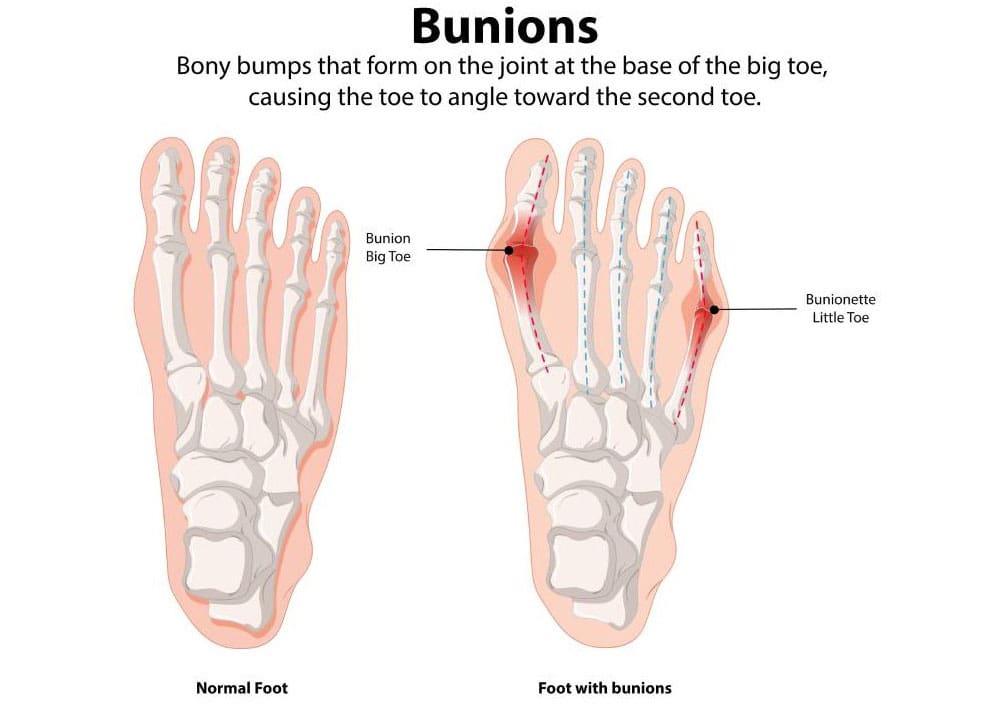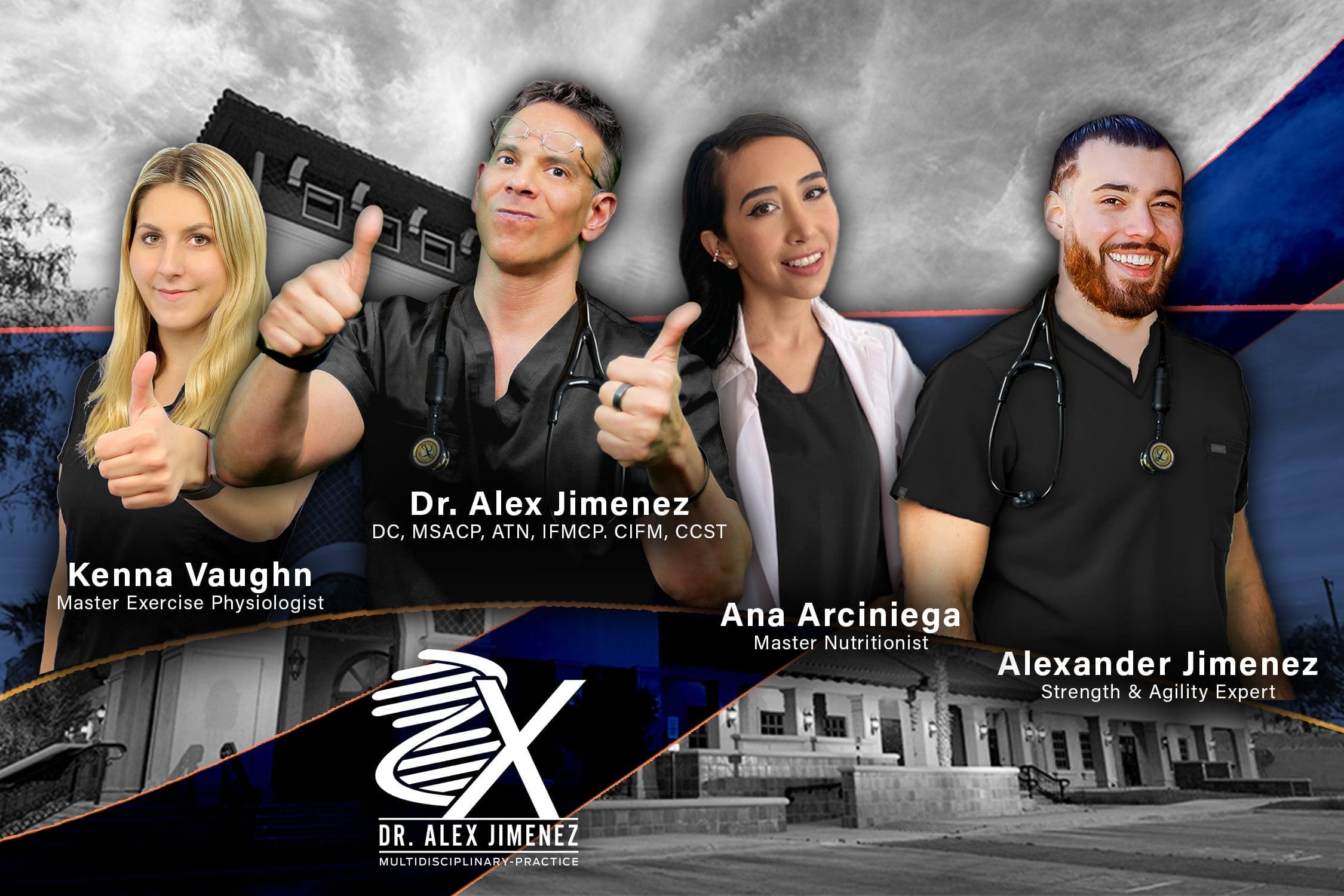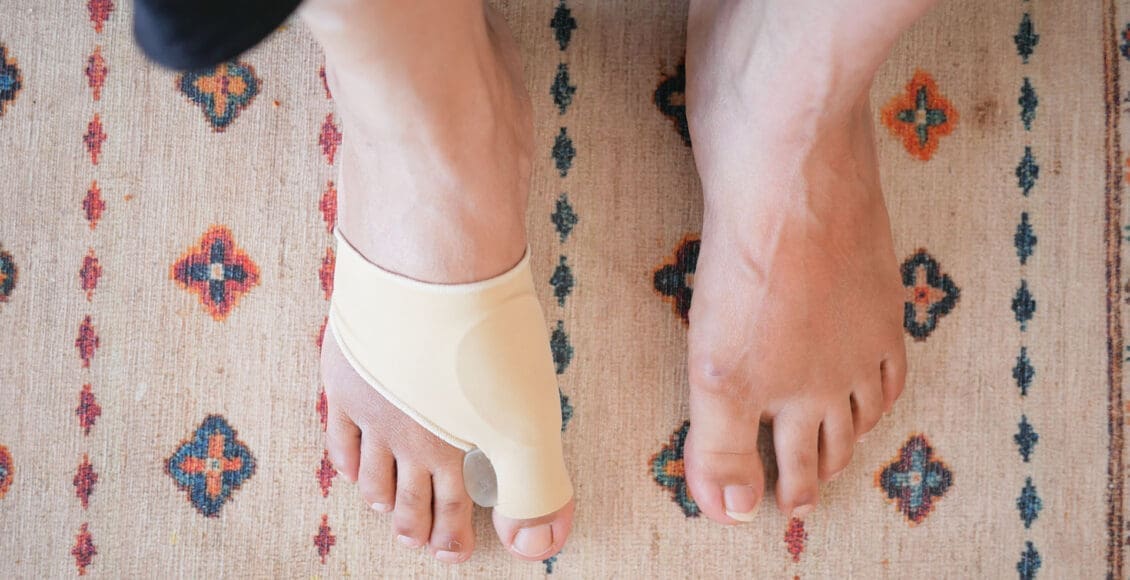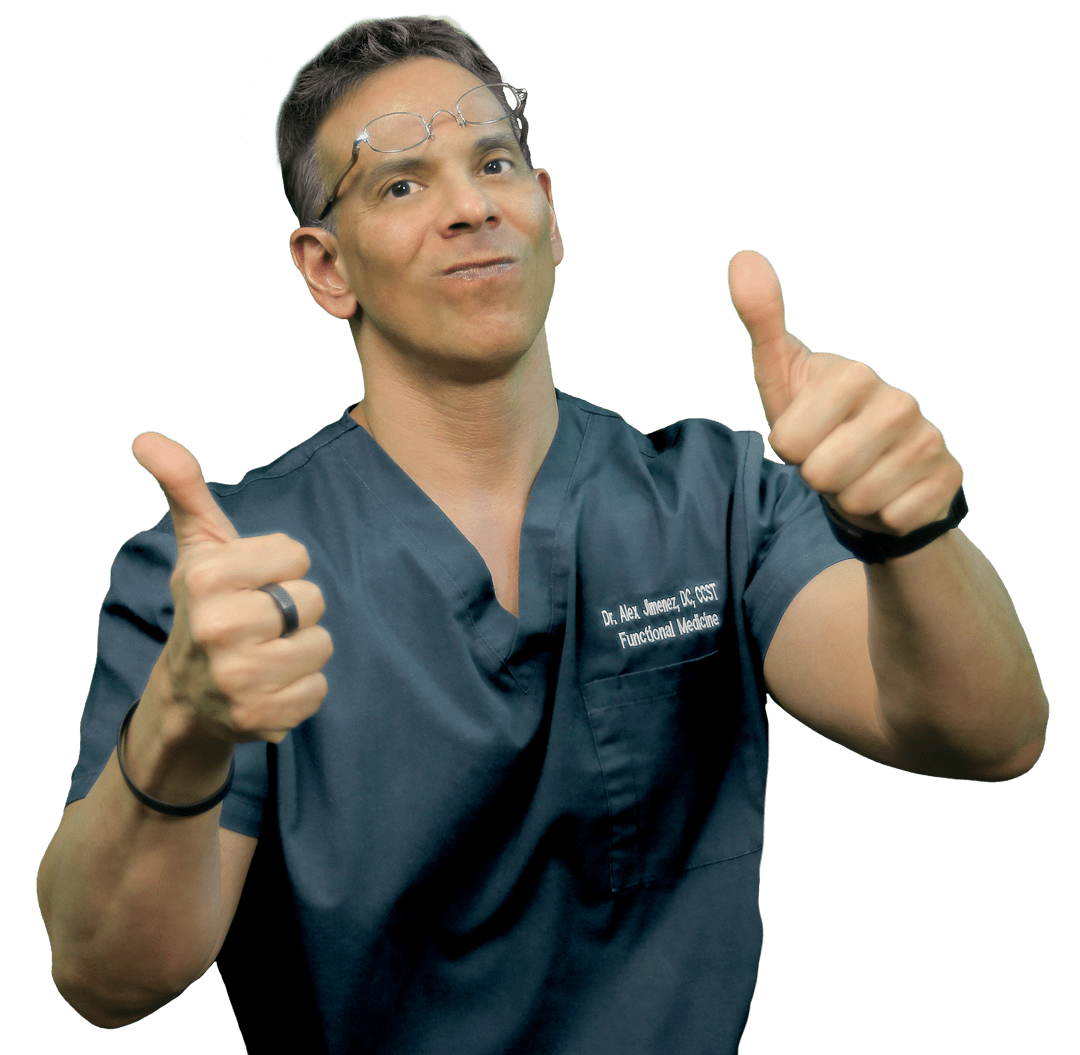How can someone manage the early signs of bunions?

Table of Contents
Bunions
Bony and frequently painful, a bunion is located on the side of the big toe and is also known as hallux valgus. A bunion’s most common cause is a misalignment of the big toe. Inflammation, redness, thicker skin, and soreness around the big toe joint are early warning indications of bunions. You can’t stop a bunion from spreading, but you can lessen its impact as it develops. Pain management measures and various treatment alternatives are early warning indicators of bunions. (MedlinePlus, 2024)
Initial Signs That Can Be Seen
Bunions begin small and often don’t seem to cause significant problems at first. If you have a bunion, you may notice these signs around your metatarsophalangeal (MTP) joint. Your big toe is connected to the rest of your foot by this joint. (American Academy of Orthopaedic Surgeons, 2022)
- Redness
- Skin darkening and swelling
- Hardened, thick skin
- A bony bulge
- Big toe prominence toward or under the second toe
- Corns and calluses
Signs of Physical Problems Early On
Even in their early stages, bunions can cause discomfort, even though they may not be immediately visible. A growing bunion may manifest itself physically in the ways listed below. (MedlinePlus, 2024)
- Pain in the foot and big toe
- You may feel this ache particularly when walking or wearing shoes that are tight and have narrow toes.
- Decreased movement of the big toe
- Tenderness
- Inflammation
- Swelling
- Stiffness
- Heat
Stages
Often, bunions are progressive, meaning they worsen over time. If you don’t stop your bunions from worsening, you may have problems. In more severe stages of bunions, the following symptoms are associated with the condition: (American Academy of Orthopaedic Surgeons, 2022)
- The condition is characterized by chronic, severe pain in and around the MTP joint, as well as in the sides and bottom of your foot.
- Bursitis forms a fluid-filled cyst at the bottom of your big toe.
- Bending the big toe toward it and even crossing over the second toe.
- Excess bone development on the side of your big toe.
- Unable to fit into your ordinary shoes.
- Walking can be difficult.
- Hammer toe abnormalities occur when your second, third, or fourth toes flex upwards in the middle, resembling a hammer or claw.
- You may experience hallux rigidus, also known as arthritis of the big toe.
Cease the Advancement
This means that once bunions have begun to grow, they will remain in place permanently. However, we can take a few precautions to prevent them from becoming more severe or causing additional issues. These include the following: (American Academy of Orthopaedic Surgeons, 2022)
- Keeping off those high heels and shoes that don’t fit
- Use footwear that is wide, cushioned, low-heeled, and/or designed for orthotics
- Avoid painful friction and chafing by inserting spacers between your toes to prevent irritation.
- Cover the bunion with over-the-counter (OTC) felt, silicone, or foam pads.
- To better align your joints, stretch your calf muscles.
Management of Pain
Utilizing ice packs and non-steroidal anti-inflammatory medications (NSAIDs), such as ibuprofen (found in Advil or Motrin), may be beneficial in alleviating the discomfort associated with a bunion. Injections of Botox into the muscles of the forefoot have also been shown to be effective in relieving pain, according to studies. (Hurn, S. E., et al., 2022)
Initial Treatment Without Surgery in the Early Stages
If your bunions do not improve after implementing the aforementioned self-care measures, it may be necessary to seek the assistance of a podiatrist or another qualified healthcare professional. A doctor or nurse might suggest
Orthotics, often known as foot orthoses
- Orthoses, often referred to as foot orthoses, are inserts specifically engineered to alleviate the pain associated with bunions and prevent chafing.
Splints
- Bunion splints are orthotic devices that are often used at night and have the potential to assist in realigning your toes. (Aebischer, A. S., & Duff, S. 2020)
Physical Therapy
- You can receive assistance from a physical therapist by having exercises performed on you that will enhance the alignment of your joints and feet. They may also engage in manual therapy to alleviate the patient’s suffering. (Hurn, S. E., et al., 2022)
Podiatrist
A podiatrist is a medical doctor (M.D.) who specializes in the treatment of health disorders that affect the lower extremities, including the feet, ankles, and lower legs. If you would like assistance in controlling the symptoms of your bunion, you should inquire with your healthcare practitioner about receiving a referral to a podiatrist. (American Podiatric Medical Association, 2025)
Chiropractic Treatment
While a chiropractor and nurse practitioner (NP) can approach bunions from various perspectives, their roles are more restricted than those of specialists such as podiatrists or orthopedic surgeons. Here’s a scientific perspective on how they might help:
Chiropractor:
- Biomechanical Assessment and Adjustment: Bunions (hallux valgus) often involve foot misalignment and altered biomechanics. Chiropractors can assess gait, posture, and foot mechanics to identify contributing factors, such as overpronation or joint dysfunction. They may perform adjustments to the foot, ankle, or spine to improve alignment and reduce stress on the bunion.
- Soft Tissue Therapy: Techniques such as myofascial release or massage can help alleviate tension in foot muscles and improve circulation, potentially reducing discomfort.
- Custom Orthotics: Some chiropractors provide or recommend custom orthotic inserts to support proper foot alignment, distribute pressure evenly, and slow the progression of bunions.
- Exercise and Stretching: They may prescribe exercises to strengthen foot muscles (e.g., toe curls, arch strengthening) or improve flexibility, which can help maintain joint mobility.
- Limitations: Chiropractors cannot correct the structural deformity of a bunion, prescribe medications, or perform surgery. Evidence on chiropractic care for bunions is limited, and results vary based on the severity of the condition.
Nurse Practitioner:
- Pain Management: NPs can prescribe medications, such as non-steroidal anti-inflammatory drugs (NSAIDs) (e.g., ibuprofen), to reduce inflammation and pain associated with bunions. In some cases, nurse practitioners may coordinate corticosteroid injections for temporary relief, although this practice is less common.
- Patient Education and Lifestyle Modifications: NPs can counsel patients on footwear choices (e.g., wide-toe shoes, low-heeled shoes) and lifestyle changes to reduce bunion aggravation. They may also recommend padding or splints to protect the bunion.
- Referral to Specialists: NPs can assess bunion severity and refer patients to podiatrists or orthopedic surgeons for advanced treatments, such as surgery (e.g., bunionectomy) or specialized orthotics.
- Management of Comorbidities: NPs can address related conditions (e.g., arthritis, diabetes) that may exacerbate bunion symptoms or complications, ensuring holistic care.
- Wound Care: If bunions cause skin irritation or ulcers, NPs can provide or oversee wound care to prevent infection.
- Limitations: NPs lack the training to carry out surgical corrections or offer specialized biomechanical interventions, unlike podiatrists.
Scientific Context:
- Bunions result from a combination of genetic predisposition, biomechanical factors (such as flat feet or an abnormal gait), and external pressures (like tight-fitting shoes). Studies show conservative treatments (e.g., orthotics, physical therapy) can alleviate symptoms but don’t reverse the deformity. A 2018 study in the Journal of Foot and Ankle Research found that orthotics and exercises can reduce pain and slow progression in mild cases, but severe cases often require surgical intervention.
- Chiropractic care focuses on musculoskeletal alignment, which may help with secondary symptoms but lacks robust evidence for directly treating bunions. NPs provide broader medical management but rely on referrals for specialized care.
Collaborative Approach:
- A chiropractor and an NP could work together by combining biomechanical interventions (chiropractor) with medical management and referrals (NP). For example, the chiropractor might address foot alignment with orthotics and adjustments, while the NP manages pain and coordinates care with a podiatrist.
- Both should emphasize conservative measures first (e.g., proper footwear, exercises, padding) and monitor for complications like bursitis or arthritis.
For optimal outcomes, patients with moderate to severe bunions should be referred to a podiatrist or an orthopedic surgeon, as conservative care has a limited impact on the structural deformity. Always consult healthcare providers for personalized advice.
Injury Medical Chiropractic and Functional Medicine Clinic
Dr. Jimenez, a nurse practitioner, takes a holistic approach to treating a wide variety of conditions by combining chiropractic care with medical expertise. The medical center provides individualized treatment plans that incorporate functional medicine, acupuncture, electroacupuncture, and sports medicine into its service offerings. A strong emphasis is placed on the importance of strength, agility, and flexibility in the treatment of chronic pain syndromes and injuries performed at the clinic. All patients, regardless of their age or ability level, can benefit from tailored treatment and wellness outcomes when comprehensive care plans are paired with both in-person and virtual health coaching.
Enhance Your Performance with Functional Foot Orthotics
References
Post Disclaimer
Professional Scope of Practice *
The information herein on "Bunions: How to Alleviate Discomfort and Soreness" is not intended to replace a one-on-one relationship with a qualified health care professional or licensed physician and is not medical advice. We encourage you to make healthcare decisions based on your research and partnership with a qualified healthcare professional.
Blog Information & Scope Discussions
Welcome to El Paso's Premier Wellness, Personal Injury Care Clinic & Wellness Blog, where Dr. Alex Jimenez, DC, FNP-C, a Multi-State board-certified Family Practice Nurse Practitioner (FNP-BC) and Chiropractor (DC), presents insights on how our multidisciplinary team is dedicated to holistic healing and personalized care. Our practice aligns with evidence-based treatment protocols inspired by integrative medicine principles, similar to those found on this site and our family practice-based chiromed.com site, focusing on restoring health naturally for patients of all ages.
Our areas of multidisciplinary practice include Wellness & Nutrition, Chronic Pain, Personal Injury, Auto Accident Care, Work Injuries, Back Injury, Low Back Pain, Neck Pain, Migraine Headaches, Sports Injuries, Severe Sciatica, Scoliosis, Complex Herniated Discs, Fibromyalgia, Chronic Pain, Complex Injuries, Stress Management, Functional Medicine Treatments, and in-scope care protocols.
Our information scope is multidisciplinary, focusing on musculoskeletal and physical medicine, wellness, contributing etiological viscerosomatic disturbances within clinical presentations, associated somato-visceral reflex clinical dynamics, subluxation complexes, sensitive health issues, and functional medicine articles, topics, and discussions.
We provide and present clinical collaboration with specialists from various disciplines. Each specialist is governed by their professional scope of practice and their jurisdiction of licensure. We use functional health & wellness protocols to treat and support care for musculoskeletal injuries or disorders.
Our videos, posts, topics, and insights address clinical matters and issues that are directly or indirectly related to our clinical scope of practice.
Our office has made a reasonable effort to provide supportive citations and has identified relevant research studies that support our posts. We provide copies of supporting research studies upon request to regulatory boards and the public.
We understand that we cover matters that require an additional explanation of how they may assist in a particular care plan or treatment protocol; therefore, to discuss the subject matter above further, please feel free to ask Dr. Alex Jimenez, DC, APRN, FNP-BC, or contact us at 915-850-0900.
We are here to help you and your family.
Blessings
Dr. Alex Jimenez DC, MSACP, APRN, FNP-BC*, CCST, IFMCP, CFMP, ATN
email: coach@elpasofunctionalmedicine.com
Multidisciplinary Licensing & Board Certifications:
Licensed as a Doctor of Chiropractic (DC) in Texas & New Mexico*
Texas DC License #: TX5807, Verified: TX5807
New Mexico DC License #: NM-DC2182, Verified: NM-DC2182
Multi-State Advanced Practice Registered Nurse (APRN*) in Texas & Multi-States
Multistate Compact APRN License by Endorsement (42 States)
Texas APRN License #: 1191402, Verified: 1191402 *
Florida APRN License #: 11043890, Verified: APRN11043890 *
License Verification Link: Nursys License Verifier
* Prescriptive Authority Authorized
ANCC FNP-BC: Board Certified Nurse Practitioner*
Compact Status: Multi-State License: Authorized to Practice in 40 States*
Graduate with Honors: ICHS: MSN-FNP (Family Nurse Practitioner Program)
Degree Granted. Master's in Family Practice MSN Diploma (Cum Laude)
Dr. Alex Jimenez, DC, APRN, FNP-BC*, CFMP, IFMCP, ATN, CCST
My Digital Business Card
RN: Registered Nurse
APRNP: Advanced Practice Registered Nurse
FNP: Family Practice Specialization
DC: Doctor of Chiropractic
CFMP: Certified Functional Medicine Provider
MSN-FNP: Master of Science in Family Practice Medicine
MSACP: Master of Science in Advanced Clinical Practice
IFMCP: Institute of Functional Medicine
CCST: Certified Chiropractic Spinal Trauma
ATN: Advanced Translational Neutrogenomics





 Again, We Welcome You.
Again, We Welcome You.
Comments are closed.